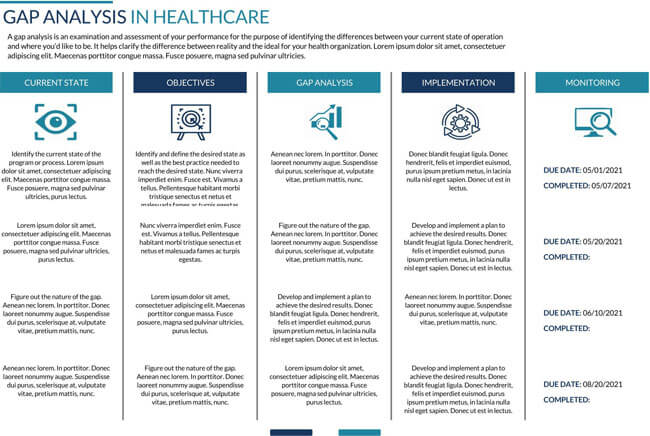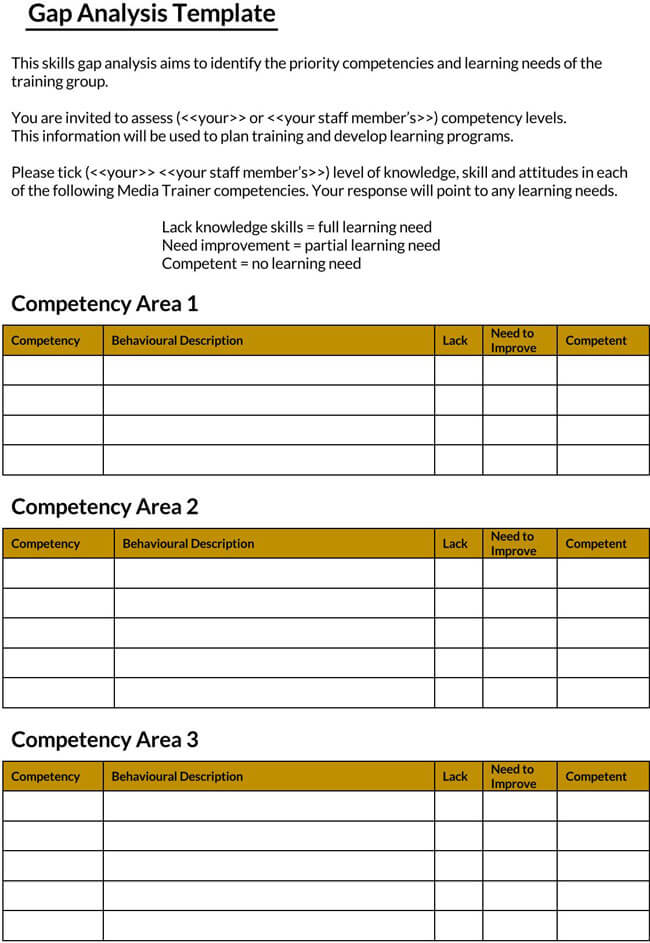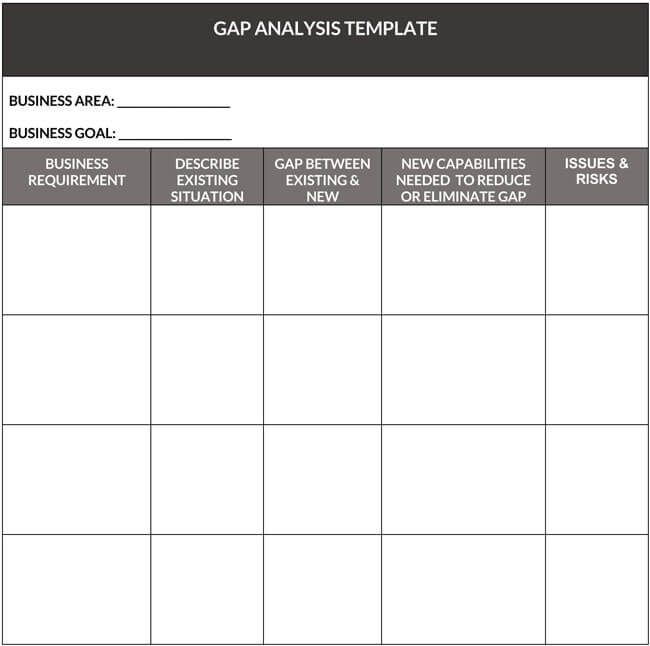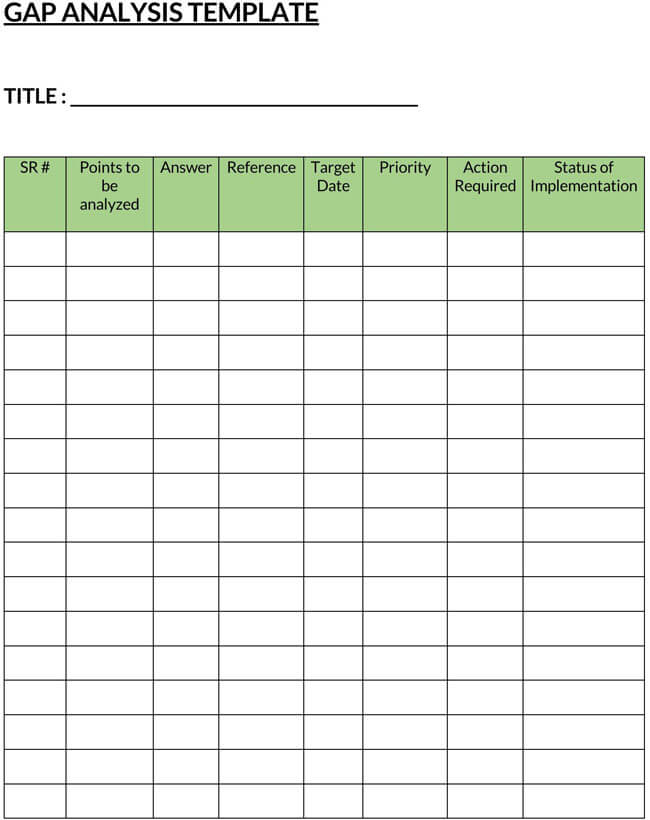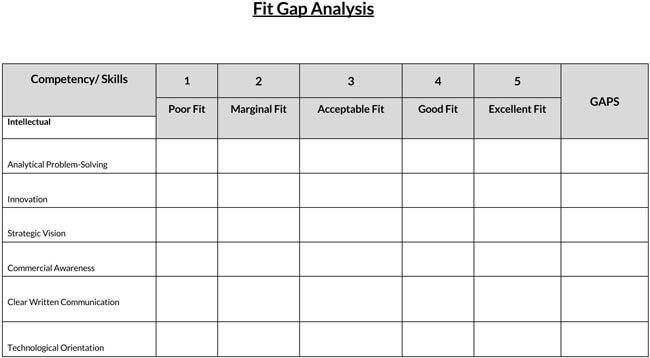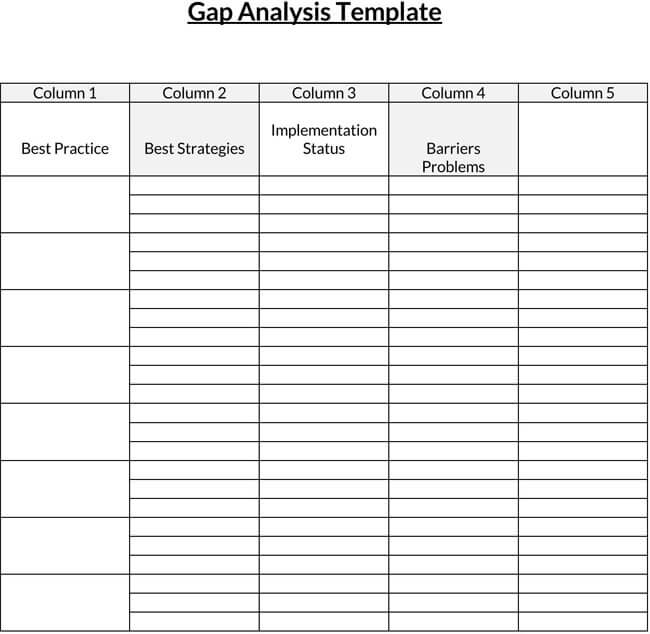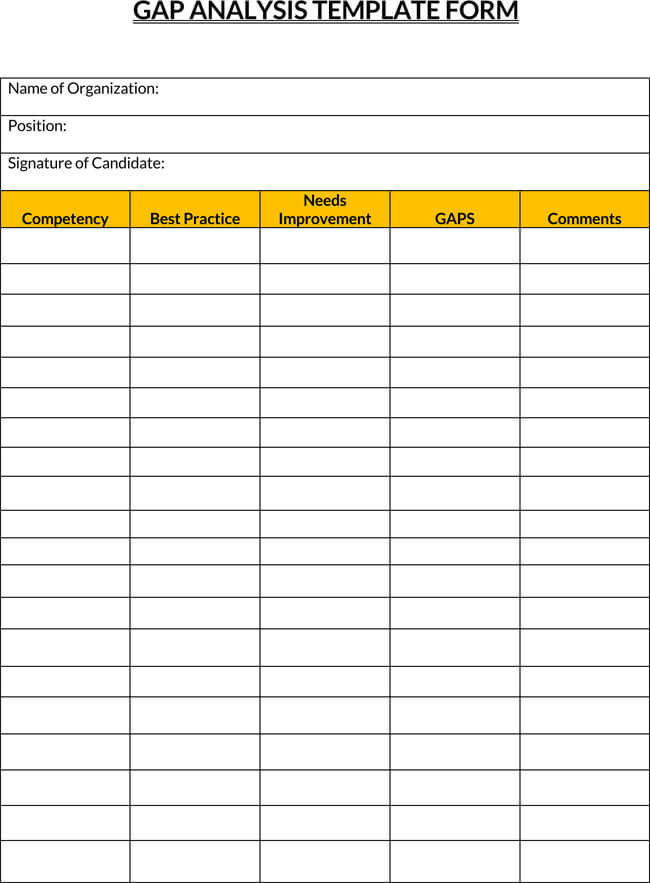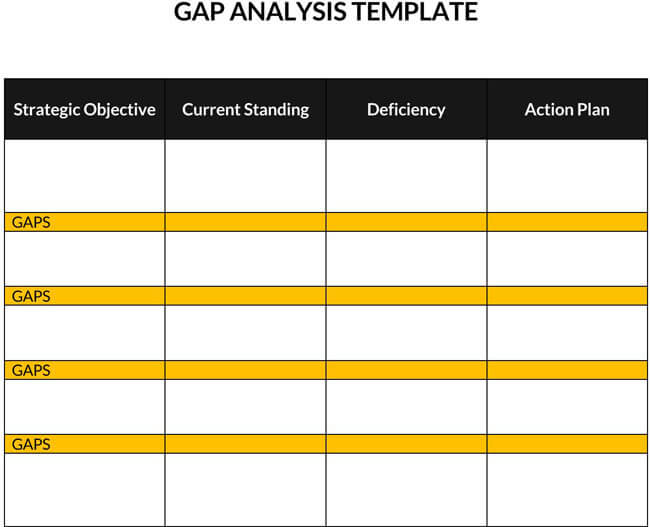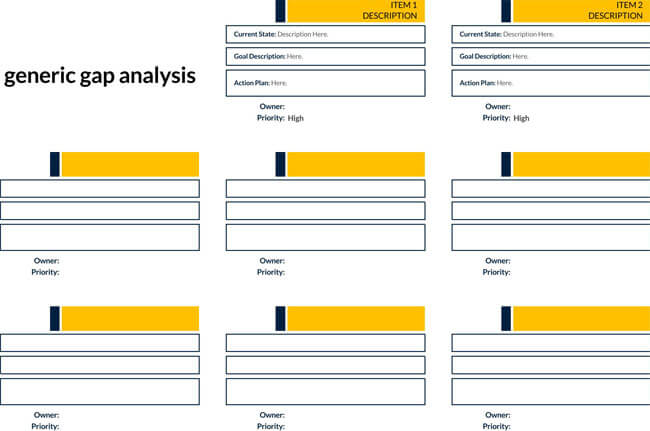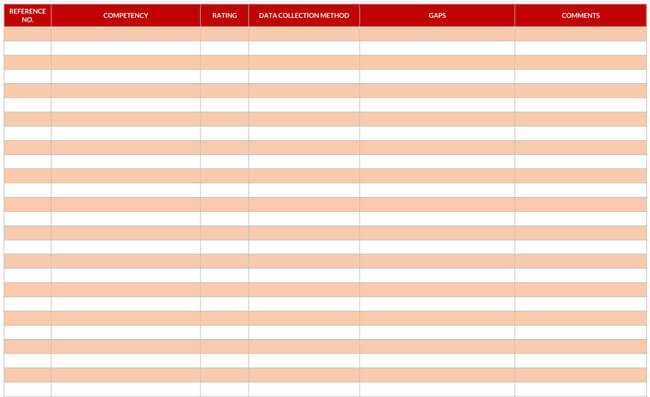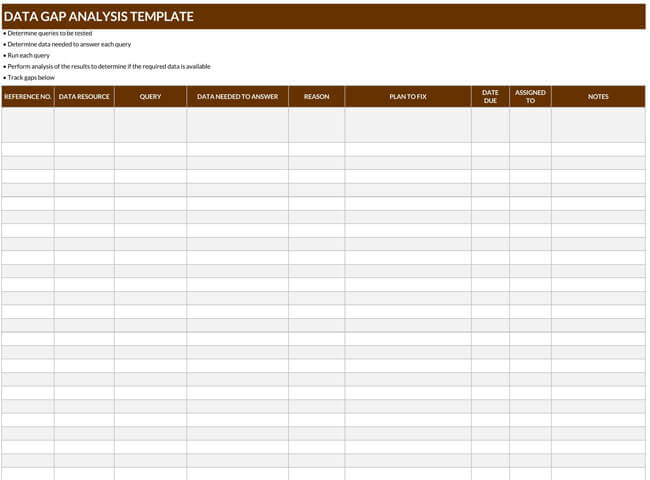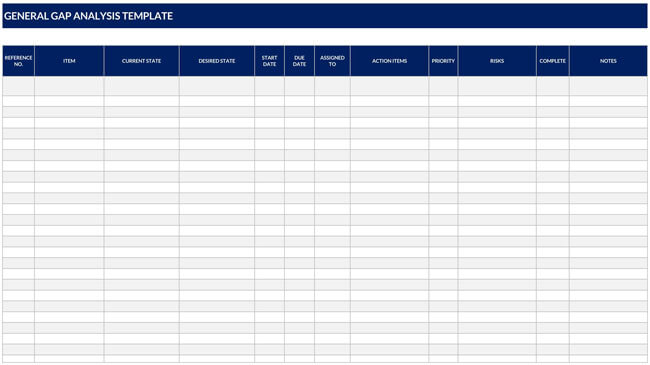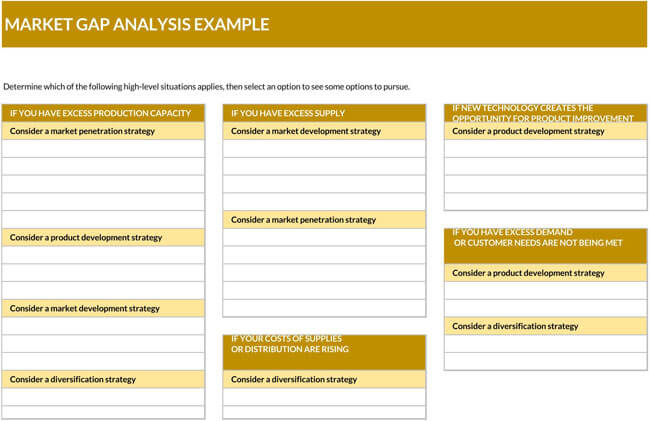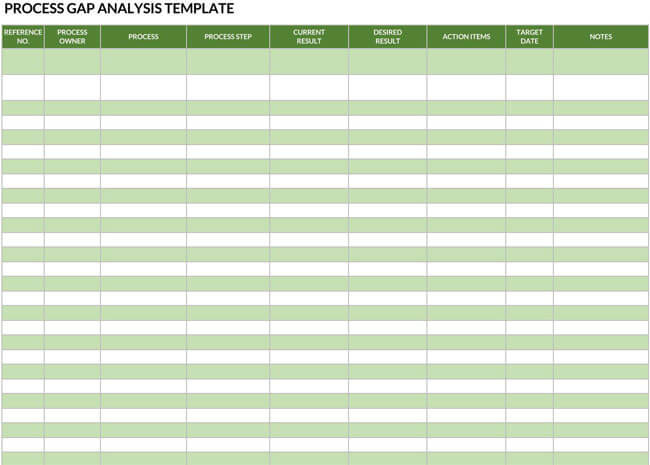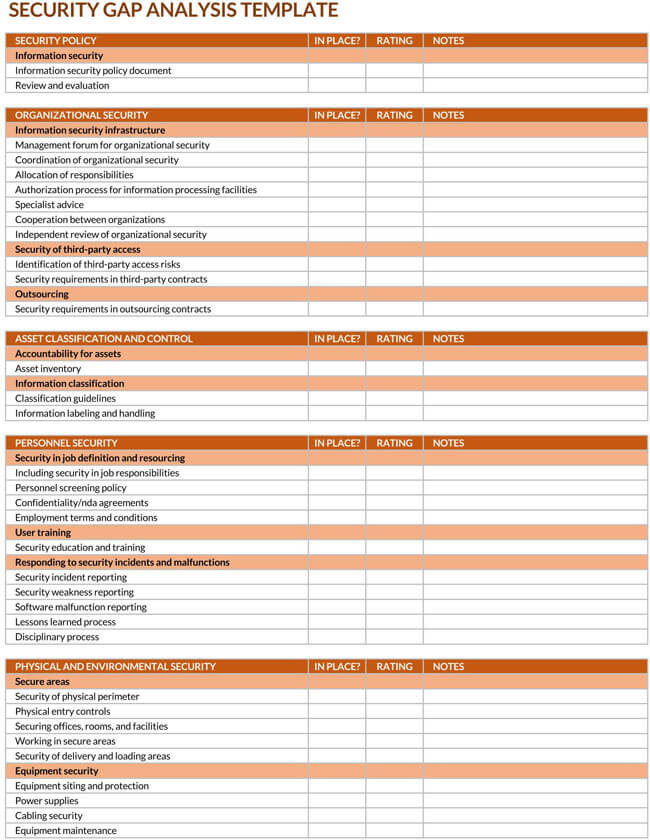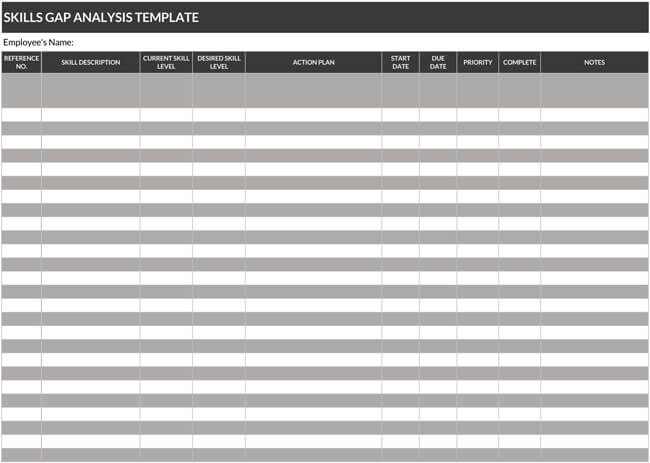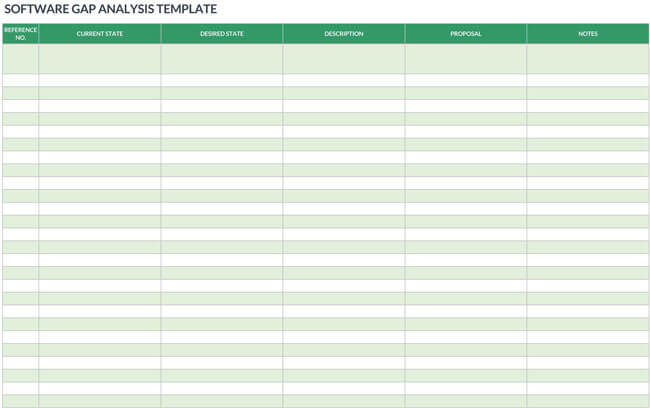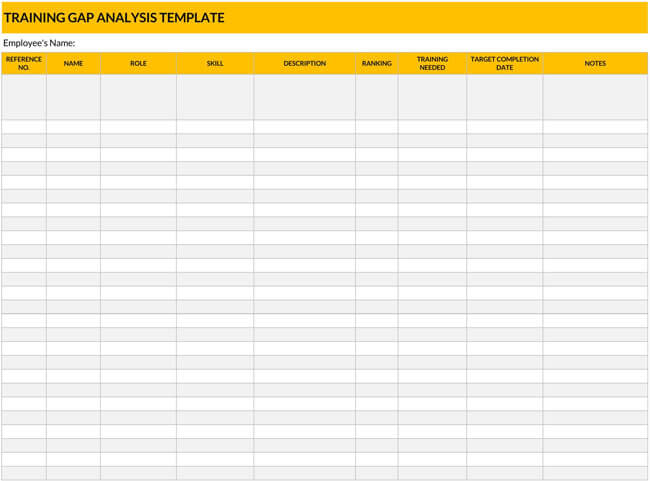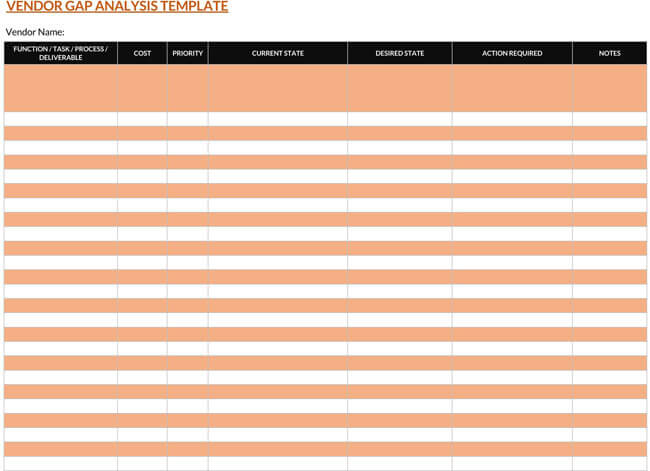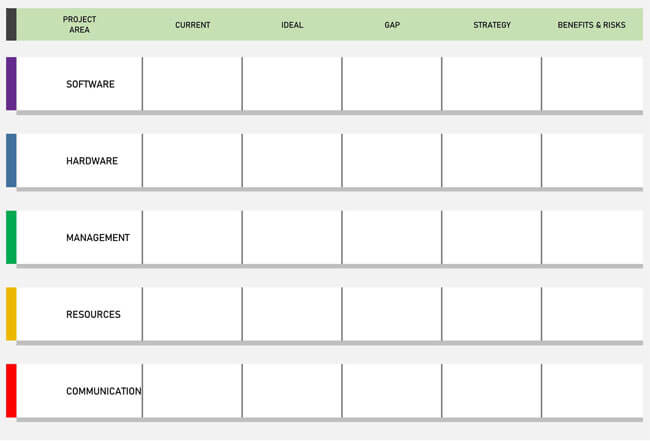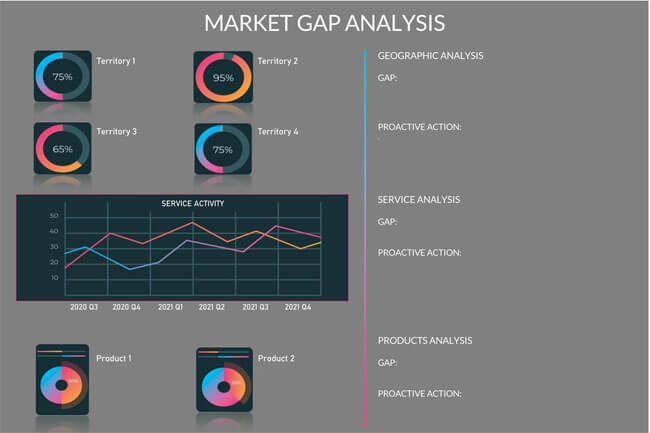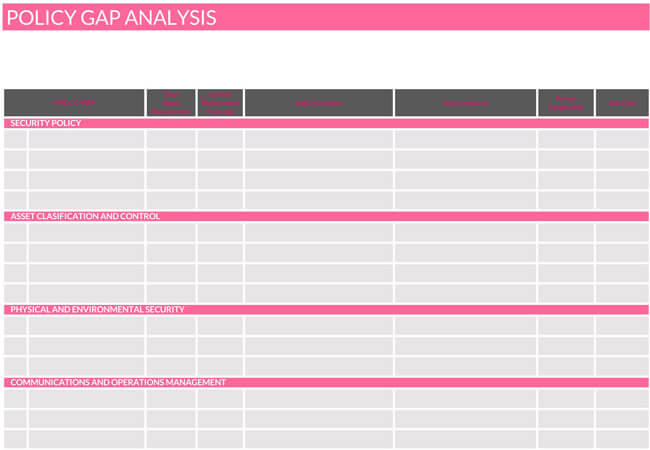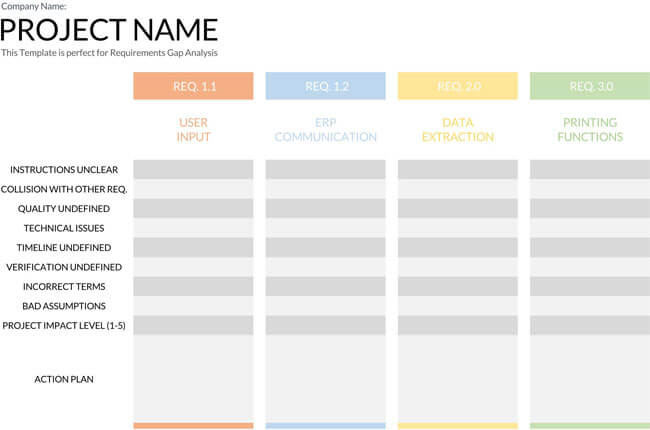Whether you run a small-scale business or a large corporation, the key determinant to your success will always be the skills your employees possess. In the current competitive economy, every company tries its level best to upscale the skills of its workforce. But before you do this, you need to identify where to start. This is where a skill gap analysis comes in handy. In simple terms, a skill gap analysis is a tool that is used to determine the gap that exists between the level of skills your employees have and that required by your company to reach its goals. After you have known these gaps, is when you can establish strategies to upscale them.
Why Is Skill Gap Analysis Useful?
There is a myriad of reasons why companies perform a skill gap analysis. Here are some reasons why you should do it:
Gives insight into employees
A skill gap analysis helps identify the various skills your employees have. When conducted properly, you can know which employees have what strengths and in which areas. Also, you can know the employees with a skill gap in specific areas of their jurisdiction.
Increase productivity
When a skill gap is conducted, an employer can identify areas of their employees’ weaknesses. They, therefore, can work on improving skills in those areas to make the employees more competent. This eventually leads to increased productivity.
Create a competitive advantage
Since skill gap analysis helps in identified weak links, it gives you the chance to train them and attain improvement. Eventually, you have what it takes to stay ahead of your competition. Therefore, you will always maximize your organization’s performance.
Boost individual learning
Once a company realizes the skill gap in their staff, they will be prompted to bridge the gap. As such, they will seek training so as to improve their skills and proficiency.
Improve recruitments
With the current competitive workforce, the level of skills an individual has plays a critical role during recruitment. That’s said, most employers will hire those individuals with proficient and competent skills to be part of their organization. If you can identify the right skills that are needed fill a particular job position effectively, it can be easier for you to recruit good workers.
Optimizes long-term recruitment strategy
Skill gap analysis also helps employers to foresee the future need of a particular skill. therefore, they can put strategies to ensure no skill gap exists in the future. With this, you can create a long-term recruitment strategy that helps in the development of your company both now and future.
Help with strategic workforce planning
Strategic workforce planning requires an organization to have the right number of workers with the necessary skillset. But before you have a strategic workforce in place, you need to start at the grassroots. A skill gap analysis, therefore, becomes a useful tool when conducting such future planning.
How to Do a Skill Gap Analysis
When it comes to the subject of doing a skill gap analysis, many people tend to shy off simply because of its involvement and difficulty. However, that’s not always the case. With the following guidelines, you will find the approach much easy and enticing:
Plan for analysis
The genesis of your skill gap analysis should start at planning. Here is where you will organize your thoughts to determine the road map you want to follow as well as the desired end goals. Planning should occur at two levels, i.e., personal/individual level or as a team.
At individual level: Here, you can identify the job skills you need in a specific position and compare them to the skills an employee possesses at that moment.
At team level: At the team level, you will involve key persons to help you plan on the best way to identify the skill gap. Also, you will determine whether the employees have the right skills to handle future jobs expectedly.
Set company future goals and required skills
Once you’ve planned for your analysis, you now need to define the company’s future goals. At the same time, identify the skills you would require of each employee or staff. Despite the changes that will occur in your company, setting goals will help you keep a track record of your performance and remain competitive.
While some employers find it a difficult task to fill jobs due to skill gaps, others find it easy and straightforward. If you happen to find yourself in the prior, here are some questions to ask yourself:
- What skills do your company value most?
- What skills will your workers need to improve their gap now and for the future?
- What direction would you want your organization to head?
- Are there any hopes on the horizon?
- What strategies can you develop with your current workforce?
- What areas of business or knowledge are you lacking?
- What gaps need to be filled to make your company steered in the right direction?
- What skills do you want your workers to have in the future?
Catch up on the work trends
After determining what skills you need to get your company steered in the right direction is very critical. But alongside that, you will need to think of the future workforce and trends. In that line of thought, some of the questions you will seek answers to include:
- What job positions have the possibility of being automated?
- What are the skill needs that have ever-growing demands?
- Are there any skills you lack now but will need in the future?
In order to get these answers, you will have to dig deep as you do your research.
Analyze current employee skills
It is important to know the skills your employees have at the moment. This will help you understand the current true picture of where your organization stands.
In order to get this information, you can use the following techniques:
Assessment and surveys: You can use assessments and open surveys to get honest employee feedback on their skills.
Questionnaires: Questionnaires will help you get actionable and practical data from your respondents. You can use the multiple questions to get a response on individual’s specific skill sets and areas they feel they drag.
Employees interview: Interviews provide an open communication space for you to get honest feedback about individual employees’ skills.
Feedback from performances: Also, you can seek feedback from employees’ past task performances. If, for example, an employee is assigned a task and delivered credible results, this can be an indication that they are skilled. However, if the result is subpar, it means their skills in that particular area are wanting.
Establish 360-degree feedback: 360-degree feedback works pretty simple and straightforward. It works by soliciting feedback from everybody within the employee’s circle. This entails colleagues or customers that interact with that particular employee. Once you’ve received such feedback, you can use it to determine the employees’ skills and areas that need improvement.
Skills management software: With the advancement of technology, there are lots of software that can be used to determine an employee’s skill gap. Some common software necessary for these processes includes HRSG, Kahuna, and Avilar, to mention a few.
Find the gap
Now that you have both the future required skills and current employee skills on your table, you need to compare them to identify the gap. Also, you can achieve this by identifying the specific challenges your company is facing that will prevent it from realizing its set goals.
Create a strategy to fill the gap
Remember, the buck doesn’t stop at identifying the gaps. In any case, your ambition is to be at the top of your competition. Therefore, once you’ve known the existing skill gaps, you need to work on the way to fill them up.
Here are some possible solutions you can consider:
Training of employee: Training an employee should be your first thought. This will make them improve on their skills to be more competent. You can decide to do training on your own or hire a professional trainer.
Job redesign: This will involve rearranging tasks and responsibilities to suit the specific skillset an employee has. For example, if you find an employee doing so well in marketing, yet s/he is on the financial docket, you can consider redesigning them to the marketing department where they will exercise their full potential.
Recruit employees with desired skills:
If you find the skill gap too wide to fill, you can think of hiring more contingent employees. Pay more attention to skill assessment when hiring to ensure you have a balanced skillset in your team. Sometimes, skill gaps in a workforce do happen because of limited experience in the new hires. For purposes of illustration, let’s take a look at the table below:
| Skills | Score | Scale of 10 |
| Negotiation skills | High | 8 |
| Communication Skills | High | 7 |
| Management skills | Moderate | 5 |
From the table, the particular employee in question will not necessarily need training on negotiation and communication skills. However, they do have a skill gap in analysis. In order to improve the employee’s overall productivity, the employer should bring in on-job-coaching to bridge the skill gap.
Develop internship and mentorship program: The other strategy you can use to fill in the skill gap is organizing apprenticeships and internship programs. You can also establish mentorship programs to help facilitate the transfer of skills and knowledge to your workers. These programs will develop professional aptitude and strengthen skills lacking in your team. Alongside developing internship programs, you can also offer the following services:
- Online courses and educational materials
- Chances to get certifications such as project management professionals and professional certified marketer, among others.
Arrange intellectual conferences: Intellectual conferences will assist in exposing your employees to like-minded people with additional information necessary for improving one’s skills and knowledge.
Modify hiring process: Changing the mode of hiring can as well help you fill in the skill gap. Preferably, an organization can decide to enforce skill assessment tests during recruitment. Some of the best ways to modify your hiring process include the use of structured interviews and sourcing passive candidates.
Structured interviews will help you ensure that your hiring process is purely job-related. It therefore reduces chances of biasness or favoritism.
Sourcing passive candidates on the other hand enable you to get promising candidates online. Usually, people seeking jobs on social media sites are most probably qualified in their areas of interest. Therefore, you can use this technique to modify your hiring process for efficiency.
The Quantitative Approach of Skill Gap Analysis
The quantitative approach of skill gap analysis was first introduced by Antonucci and Ovidio. During their analysis, the two explained that the skills an employee has could be measured independently to determine each competency. One advantage of this approach is that it gives quantitative estimations about the skill gap. However, this procedure only takes into account the situations where the skill gap is negative.
Through a quantitative approach, the skill gap results can be obtained using the following equation:

Where,
N is the score of necessity
i is the interviewee
j is the skill
P is the score level attributed to the skills possessed by the employee
F is the frequency in which the skill is used
c is a constant variable
K is for positive gaps
Valuable Soft and Hard Skills
Every skill will always be important in a particular way. While there are various skills considered valuable, the choice will depend on the type and need of the organization, department, or faculty. Generally, skills can be categorized either as soft skills or hard skills.
Valuable soft skills
Soft skills are basically interpersonal attributes that an employee may need at the workplace.
They include the following:
Creativity— is the ability of an individual to use his or her imagination to come up with original ideas that help in the organization’s development and growth.
Persuasion— is a skill that influences your clients to buy your goods or services. It’s a skill that’s very important in sales and marketing departments.
Collaboration— will help bring various teams, departments, or employees to work together so as to complete tasks within the set timelines and standard.
Adaptability— is a significant skill as it helps staff adjust positively to new conditions whenever they present.
Time management— is an important resource in any workplace. Therefore, having time management skills means honoring set project deadlines or being punctual.
Valuable hard skills
Valuable hard skills are those job-related skills that are necessary for performing related tasks in a workplace.
They include the following:
AV Production— an important hard skill in the film and production industry. With these skills, an individual is able to perform audiovisual projects, which is important for marketing.
UX design— are important when it comes to the creation of user experience services such as self-serving customer service sites. As businesses continue to transform into digital operations, the demand for employees with UX design skills is surging.
Sales leadership— Despite the digital revolution in business, sales leadership skills are an in-demand skill that will never change whatsoever.
Mobile app development— With the increase in mobile technology, more companies are interested in creating mobile apps to catch up with the transforming community. This makes mobile app development skills an important venture.
Analytical reasoning— As your business grows, you will have to analyze its growth trends, market dynamics, and other forces that would affect its operation. Analytical skills come in handy when planning to undertake data-driven decisions or strategies.
Artificial intelligence— you can’t talk of future technological inventions without having Artificial Intelligence (AI) crossing your mind. As technology continues to take shape in most businesses, employees with AI skills are becoming valuable assets of most organizations.
Cloud computing— With companies transforming to digital operation, the need to create effective and efficient storage platforms is equally increasing. Since cloud computing offers solutions to storage and related services, it’s a skill that is worth giving a second ear.
Translation— Through globalization, companies have continued to record an increasing diversification of the workforce. This has brought people of different languages into a common working environment. In such environments, translation is an important skill worth considering.
Download Free Templates
If you are looking for ways to understand what skills your company will need best for its future success, then you are in the right place. We have professionally designed skill gap analysis templates that will help you achieve your ambition. The good news is that we offer these templates free of charge. Download one and see the magic happens.
Frequently Asked Questions
What is a skill gap analysis?
A skill gap analysis is a tool that is used to determine the gap that exists between the level of skills your employees have and that required by your company to reach its goals.
How to reduce a skill gap?
There are several methods you can use to bridge the workforce skill gap. These methods include training, internship programs, mentorship, and conferences. These actions should be geared towards inflicting the needed skills to an employee.
Conclusion
Conducting a skill gap analysis is very important for any company. In as much as it can be time-consuming, it’s always a worthwhile venture. Understanding which skills your staff needs will help you grow your business to the next level.
